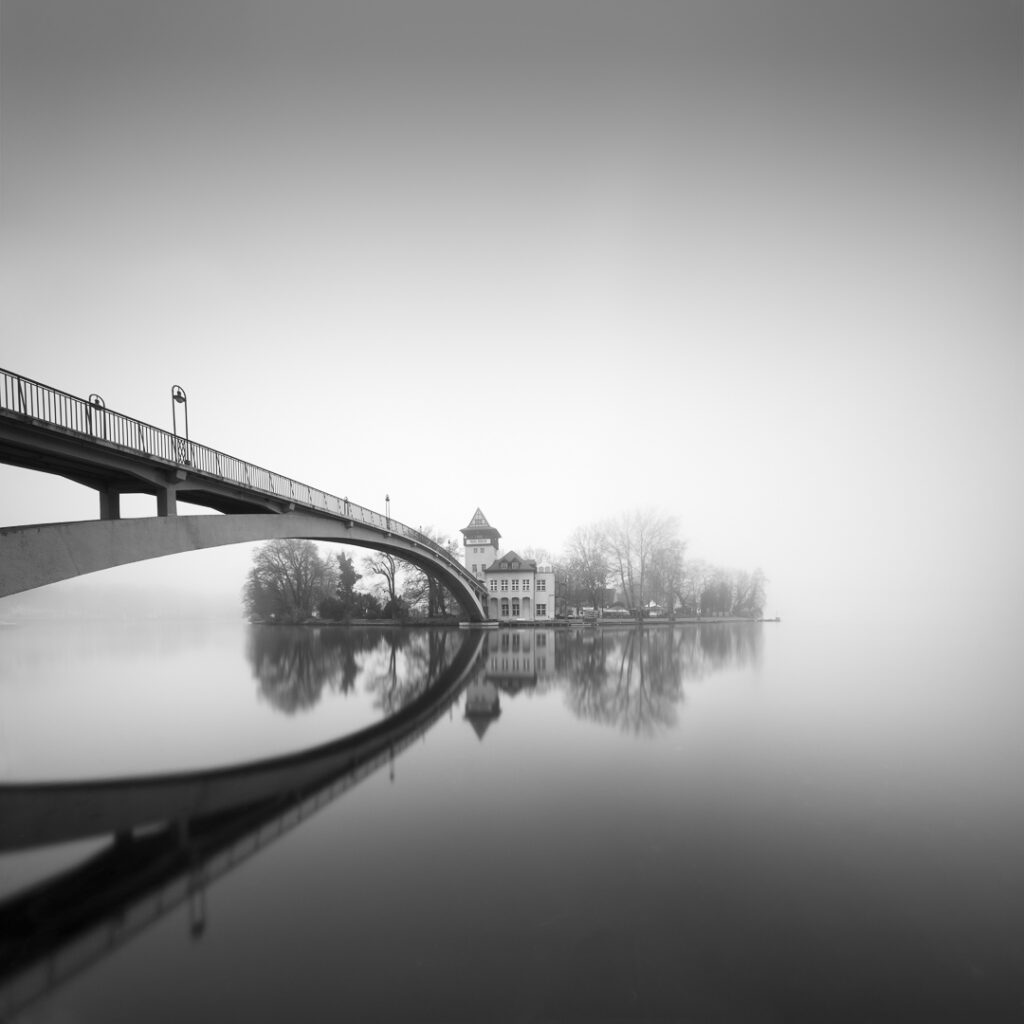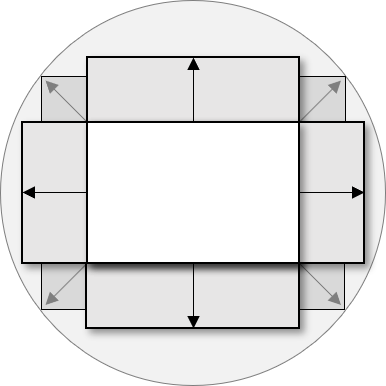Exploring Berlin with the Laowa 15mm f/4.5 Zero-D Shift
In architectural photography there is a tendency to wide-angle shots, as there is often little space or opportunities to use longer focal lengths in urban areas. This often results in the issue where buildings cannot be photographed correctly in perspective and unsightly converging lines are created. Although such perspective shifts can be corrected in post, this comes with a loss of resolution and image cropping. With shift lenses converging lines can be avoided during the shot and they offer higher image quality without loss of resolution, since the perspective correction is done optically and not in post-processing. This is exactly what the Laowa 15mm f/4.5 Zero-D Shift was developed for.

Ice Queen
Tempodrom Berlin, vertikales Shift-Panorama aus zwei horizontalen Aufnahmen, Belichtung: 0.4 s, f/16, ISO 100.

Avalon II
Insel der Jugend im Treptower Park, horizontales Shift-Panorama aus drei vertikalen Aufnahmen mit ND-Filter, Belichtung: 75 s, f/11, ISO 100.
The lens is available in two variants for all common bayonet mounts. Both variants only differ in a blue or red colored ring on the front. But there are internal differences, the blue variant has 5 aperture blades, the newer red variant has 14 aperture blades and also got the suffix “R” to its name. Both are identical in optical construction, so that the differences are limited to a slightly less present formation of diffraction stars at bright point-like light sources, as well as a slightly more rounded bokeh on the red version. In architectural photography, however, the bokeh will hardly play a role, since the depth of field with such a wide-angle lens already ranges from close-up to infinity when used with an aperture f/8 or higher (keyword: hyperfocal distance).
The blue variant I tested here is equipped with a Sony E-Mount and was used on the Sony Alpha 7R and 7Rii. If the full shift range of ±11mm, e.g. vertically, is used with these cameras, uncropped images with 69 megapixels or more can be generated. The effectively used sensor area of the camera (24mm x 36mm in full format) increases to 46mm x 36mm and can therefore become larger than the image sensor of the Fuji GFX medium format camera (44mm x 33mm). By combining several shots with horizontal, vertical and diagonal shift, you can use almost the entire image circle of the lens and thus significantly expand the field of view. The illustrated shift area shows the frame coverage of the 65mm image circle produced by the lens at full shift with a full-frame sensor in landscape orientation. The outer corners of the image are limited by the ±11mm shift range, so that depending on the desired format, a maximum rectangular image section is obtained.

I used the lens in combination with the separately available Laowa Shift Lens Support, so the lens is mounted directly to the tripod and not the camera as usual, therefore shifted images can be combined into panoramas without perspective shifts (parallax errors). For long exposures, I also used a clip-in ND filter, which is inserted in the camera body directly in front of the sensor and can therefore be used independently of the attached lens.
First impression and handling
If you remove the front protective cap, the first thing you notice is the front lens, which is curved far forward. Since there is no additional lens hood, some caution is required here. The processing quality leaves nothing to be desired, the lens is made entirely of metal and looks very valuable. All settings are adjusted manually, there is no electronic connection to the camera. However, this is by no means a real disadvantage, since you retain full control over all functions and leave nothing to the camera.
The focus can be adjusted very precisely and has a pleasant resistance. The aperture is adjusted via a narrower ring, which snaps into place with a gentle click in the full f-stops. The shift range of ±11mm is also adjusted via a rotary ring and can be fixed with a locking screw. Directly behind it, the camera can be rotated to the lens in 15 degree increments via a push button, so that shift shots in vertical, horizontal or any diagonal direction are possible.
Image Quality
In order to get the highest possible image sharpness and depth of field with low vignetting at the same time, I mainly used the lens with an aperture of 11 or 16. As a result, you are rewarded with an almost constant image sharpness from the center of the image (without shift) to the outermost edge areas with full shift. The vignetting is low and only noticeable in the outer edge area with full shift. That’s very impressive.
There are minimal chromatic aberrations, but they are very small compared to lenses from other well-known manufacturers. The term “Zero-D” is used by Laowa for distortion-free lenses. I didn’t notice any visible distortion in my shots, which is to be expected for a special lens of this kind.
Conclusion
The Laowa 15mm f/4.5 Zero-D Shift is particularly suitable for architecture enthusiasts who value the highest quality in the result and are enthusiastic about slower manual photography. With just a few simple steps, you can create perfectly aligned recordings without converging lines and panoramas that can be simply put together and connected without digital equalization or stitching artefacts.
The Laowa 15mm f/4.5 Zero-D Shift was kindly provided to me free of charge by Laowa Germany for testing purposes.
